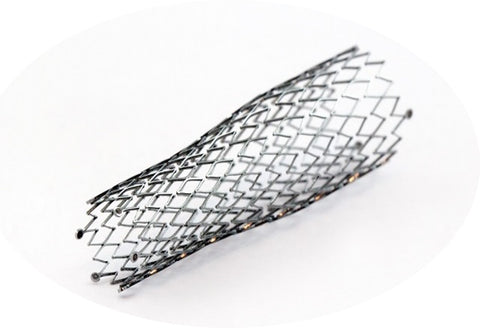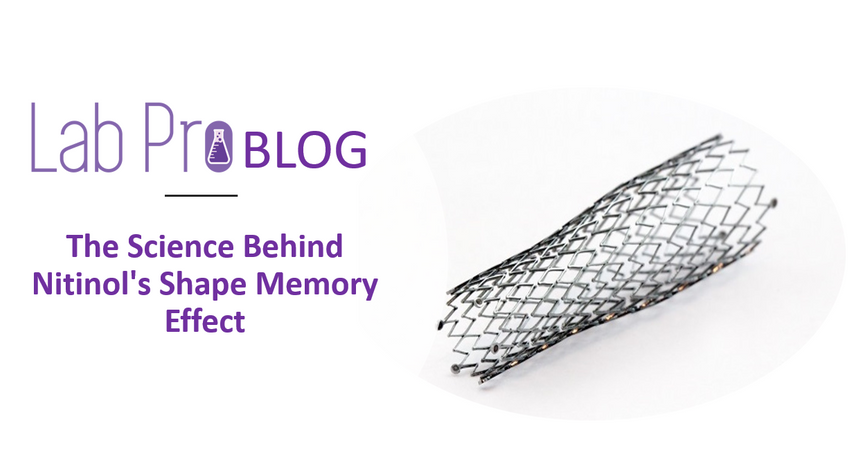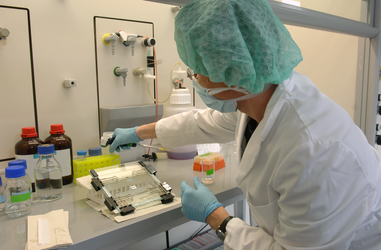- No products in the cart.
Nitinol, a unique shape memory alloy composed of nickel and titanium, has captivated scientists, engineers, and researchers for its remarkable shape memory effect. In this blog post, we will explore the science behind Nitinol's shape memory effect, understand how it works at the atomic level, and delve into its practical applications across various industries. From biomedical devices to aerospace engineering, Nitinol's shape memory effect has revolutionized numerous fields. So, let's dive into the fascinating world of Nitinol and discover the secrets behind its shape memory capabilities.
Understanding Nitinol's Crystal Structure
At the heart of Nitinol's shape memory effect lies its unique crystal structure. Nitinol undergoes a phase transition known as a martensitic transformation. In its low-temperature martensite phase, the crystal structure of Nitinol is deformed and exhibits a lower symmetry. Upon heating, Nitinol undergoes a reversible transformation to its high-temperature austenite phase, where the original crystal structure is restored.
The Shape Memory Effect in Action
The shape memory effect of Nitinol can be understood through a two-way shape memory cycle:
-
Training Phase: Nitinol is initially deformed at a lower temperature (martensite phase) into a desired shape. This deformation is commonly achieved by bending, twisting, or compressing the material. The deformed shape is then "trained" into Nitinol's memory by heating it above its transformation temperature, typically around 500°C (932°F), and slowly cooling it while maintaining the desired shape. During this process, the crystal structure rearranges, and the material retains the deformed shape.
-
Activation Phase: Once Nitinol is cooled below its transformation temperature, it returns to its martensite phase and reverts to its original, undeformed shape. However, when Nitinol is heated above its transformation temperature, it spontaneously transitions back to its austenite phase, recovering its "remembered" shape. This shape recovery happens due to the crystal structure rearranging back to its original form.
The practical applications of Nitinol's shape memory effect are vast and have transformed various industries. Let's explore some of its notable applications:
-
Biomedical Devices: Nitinol's shape memory effect has revolutionized the medical field. It is widely used in stents, where the device can be compressed to a smaller size for delivery and then expands to its original shape once deployed in the body. This enables minimally invasive procedures and reduces the need for open surgeries.
-
Dental Applications: Nitinol wires are utilized in orthodontic braces to provide constant, gentle force for teeth alignment. The wires can be pre-shaped and trained to exert specific forces, ensuring controlled movement and gradual teeth alignment.
-
Aerospace Engineering: Nitinol's shape memory effect has found applications in aerospace engineering. It is used in deployable structures, such as satellite antennas or solar panels, where the material can be compacted during transportation and then expand to its functional shape upon deployment.

-
Robotics: Nitinol's shape memory properties have found applications in robotics, where it is used in actuation systems. Nitinol wires can act as artificial muscles, allowing robots to mimic human-like movements and perform complex tasks.
-
Eyeglass Frames: Nitinol is also used in eyeglass frames. The frames can be easily bent and adjusted to fit individual preferences, and they retain their shape, reducing the need for constant adjustments.
The Future of Nitinol and Shape Memory Materials
The science behind Nitinol's shape memory effect continues to inspire researchers and engineers to explore new applications and improve existing ones. Ongoing research aims to enhance Nitinol's properties, such as its transformation temperatures and mechanical characteristics, to expand its potential applications further.

Conclusion
Nitinol's shape memory effect is a captivating scientific phenomenon that has transformed numerous industries. By understanding Nitinol's unique crystal structure and the two-way shape memory cycle, we can appreciate the practical applications that have emerged across fields like medicine, aerospace, robotics, and more. Nitinol's ability to remember and recover its original shape has paved the way for groundbreaking advancements in biomedical devices, dental applications, aerospace engineering, robotics, and even everyday products like eyeglass frames. As research continues, the future of shape memory materials, including Nitinol, holds exciting possibilities for innovation and the creation of new technologies that will shape our world.
For over 40 years, Lab Pro Inc. has been committed to delivering the highest quality lab supplies, lab equipment, reagents, distance learning kits, and cleanroom PPE apparel. Renowned by global medical device companies and laboratories, we ensure exceptional quality in every product. Contact us online or call 888-452-2776 to learn more. Discover top-notch lab supplies and elevate your experiments today!












































